Julius Caesar’s invasion of Britain was launched from the sandy shores of Pegwell Bay on the most easterly tip of Kent, according to fresh evidence unearthed by archaeologists.
Researchers named the wide, shallow bay the most likely landing spot for the Roman fleet after excavators found the remains of a defensive base dating to the first century BC in the nearby hamlet of Ebbsfleet, near Ramsgate.
The ancient base covered more than 20 hectares and would have been ideally placed to protect the 800 ships the Roman army had to haul ashore when they were battered by a storm soon after they arrived from France in 54BC.
“This is the first archaeological evidence we have for Julius Caesar’s invasion of Britain,” said Andrew Fitzpatrick, a researcher at the University of Leicester. “It’s a large defended site that dates to the first century BC.”

Archaeologists got their first glimpse of the Roman base while excavating land ahead of a new road project. They uncovered a deep defensive ditch that looks similar to Roman defences found at Alesia in France, site of the decisive battle in the 52BC Gallic war.
Further excavations uncovered bones that appear to have been damaged in fights and iron weapons, including a Roman pilum or javelin. The archaeologists believe the site included a Roman fort and served to protect Caesar’s ships from attackers coming from the north. “The main purpose of the site is to defend the fleet,” Fitzpatrick said.
The Roman general’s own account of the invasion describes how the fleet set off from France on the night of 4 July but got swept eastwards by currents when the wind failed. Early the next morning, the crew spotted England and rowed west to reach land at about noon.
The fleet was left at anchor at an even and open shore, Caesar wrote, but a high tide combined with a storm to wreak havoc on the ships, which broke anchor and smashed into one another. The general had the ships drawn onto the beach and set thousands of craftsmen to repair the damage.
Pegwell Bay had not been considered a viable landing site before because it lies on the Isle of Thanet, which was separated from mainland England until the middle ages by the Wantsum Channel. But the discovery of the Roman base makes the bay the most likely landing spot, Fitzpatrick said. “The Wantsum Channel wouldn’t have been a barrier to such accomplished engineers as the Roman army,” he said.
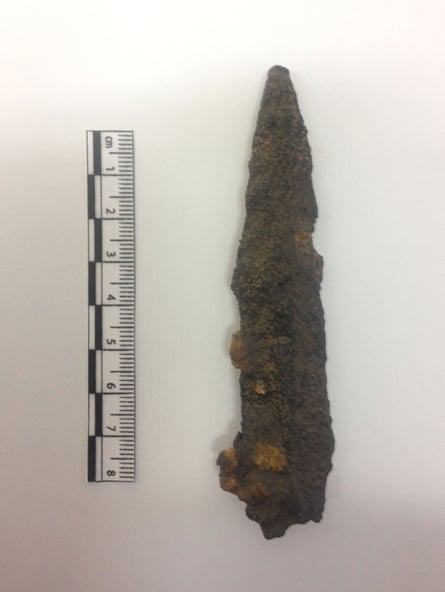
Pegwell Bay is the only large bay on the east coast of Kent with an open sandy shore that could accommodate the vast fleet, the archaeologists believe. With at least 20,000 men and two thousand horses to disembark, the ships would have taken up more than a kilometre of beach when they arrived.
The British originally opposed the landing but on seeing the size of the fleet, retreated to higher ground, in positions that are now thought to be on the Isle of Thanet around Ramsgate.
While the Roman general returned to France without leaving an occupying army, the treaties Caesar set up between Rome and British royal families led to rulers of the south east of England becoming client kings of Rome. Those allegiances may have aided the invasion by the emperor Claudius nearly 100 years later in AD43.
“This was the beginning of the permanent Roman occupation of Britain, which included Wales and some of Scotland, and lasted for almost 400 years, suggesting that Claudius later exploited Caesar’s legacy,” said Colin Haselgrove at the University of Leicester. The findings will be explored as part of BBC Four’s Digging for Britain on Wednesday 29 November.

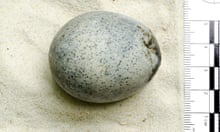



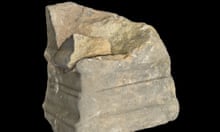

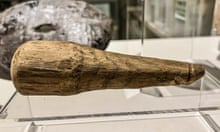

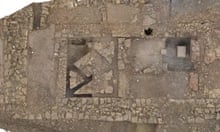
Comments (…)
Sign in or create your Guardian account to join the discussion